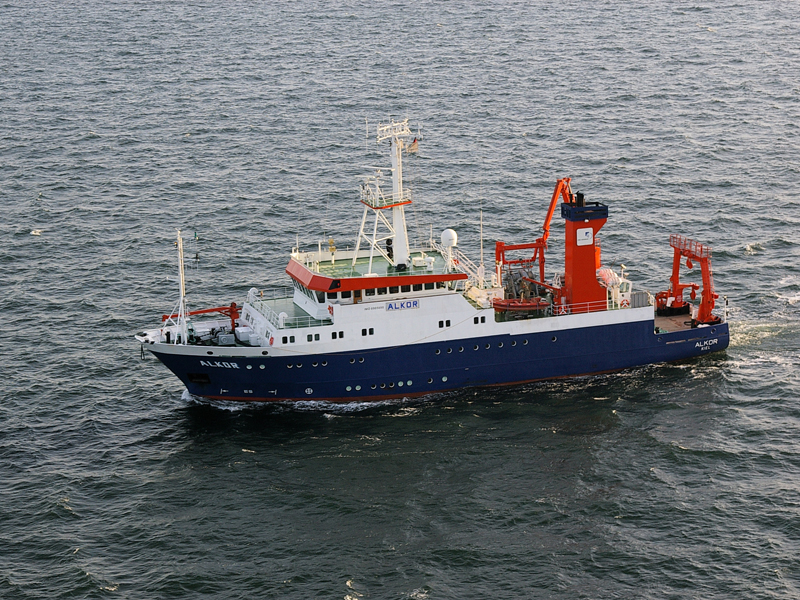ALKOR AL404
- Area:
- Baltic Sea
- Time:
-
04.11.2012 - 11.11.2012
- Institution:
- GEOMAR
- Chief scientist:
- Christian Berndt
The ECO2 project sets out to assess the risks associated with the storage of CO2 below the seabed. Carbon Capture and Storage (CCS) is regarded as a key technology for the reduction of CO2 emissions from power plants and other sources at the European and international level. The EU will hence support a selected portfolio of demonstration projects to promote, at industrial scale, the implementation of CCS in Europe. Several of these projects aim to store CO2 below the seabed. However, little is known about the short-term and long-term impacts of CO2 storage on marine ecosystems even though CO2 has been stored sub-seabed in the North Sea (Sleipner) for over 13 years and for one year in the Barents Sea (Snøhvit). Against this background, the proposed ECO2 project will assess the likelihood of leakage and impact of leakage on marine ecosystems. In order to do so ECO2 will study a sub-seabed storage site in operation since 1996 (Sleipner, 90 m water depth), a recently opened site (Snøhvit, 2008, 330 m water depth), and a potential storage site located in the Polish sector of the Baltic Sea (B3 field site, 80 m water depth) covering the major geological settings to be used for the storage of CO2. Fieldwork at storage sites will be supported by modelling and laboratory experiments and complemented by process and monitoring studies at natural CO² seeps that serve as analogues for potential CO2 leaks at storage sites. ECO2 will also investigate the perception of marine CCS in the public and develop effective means to disseminate the project results to stakeholders and policymakers. Finally, a best practice guide for the management of sub-seabed CO2 storage sites will be developed applying the precautionary principle and valuing the costs for monitoring and remediation. Aim of the expedition is to assess the integrity of the cap rock above the B3 site and determine if there is evidence for already existing fluid migration pathways and sea floor seepage that may be accelerated by future CO2 injection at the B3 field in the Bay of Gdansk.



